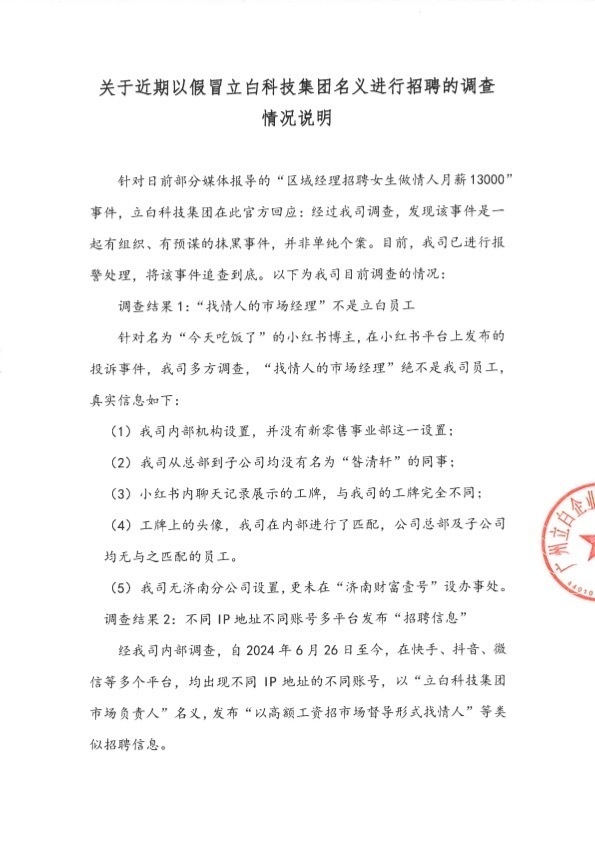Title: Exploring the Intersection of Audio and Poetry: The Role of Poetry Software in Creative Expression

In the realm of creative expression, the fusion of technology and artistry has led to remarkable innovations. One such intersection lies at the confluence of audio and poetry, where software serves as a catalyst for poetic exploration and expression. In this discourse, we delve into the significance of poetry software within the broader landscape of creative tools, examining its features, applications, and potential impact on the art of poetry.
Understanding Poetry Software
Poetry software encompasses a diverse range of applications designed to facilitate the writing, editing, and presentation of poetry through digital platforms. These tools offer functionalities tailored to the specific needs of poets, including:
1.
Composition Assistance:
Poetry software often provides prompts, themes, and even algorithms to stimulate creativity and overcome writer's block. By generating random words, phrases, or visual stimuli, these tools inspire poets to explore new avenues of expression.2.
Structural Analysis:
Advanced software may offer analysis tools that examine the structural elements of poetry, such as meter, rhyme scheme, and line length. By providing feedback on these aspects, poets can refine their craft and experiment with different poetic forms.3.
Audio Integration:
Some poetry software goes beyond textbased composition by incorporating audio features. This includes the ability to add voice recordings, ambient sounds, or musical accompaniments to enhance the auditory dimension of poetry.4.
Performance Enhancement:
For poets who engage in spoken word or performance poetry, software can assist in rehearsing and refining delivery. Features like voice modulation, timing adjustments, and audience feedback simulations contribute to the development of captivating performances.5.
Publication and Sharing:
Many poetry software platforms offer avenues for publication and sharing within digital communities. Poets can showcase their work, receive feedback, and connect with fellow artists, fostering a vibrant ecosystem of creative exchange.Exploring the Synergy Between Audio and Poetry
The integration of audio elements within poetry software represents a significant evolution in the art form, expanding its potential for multisensory engagement. Consider the following ways in which audio enhances the poetic experience:
1.
Emotional Resonance:
Audio infuses poetry with emotional depth, as the cadence, tone, and timbre of spoken words convey nuances of meaning and feeling. By hearing the poet's voice, audiences establish a more profound connection with the work, experiencing its emotional resonance in a visceral manner.2.
Rhythmic Exploration:
Poetry has an inherent musicality, governed by rhythm, meter, and cadence. Audio software allows poets to explore these rhythmic patterns more dynamically, experimenting with tempo, pause duration, and emphasis to craft auditory compositions that captivate and compel.3.
Sensory Immersion:
Through the integration of ambient sounds, music, or soundscapes, poetry software creates immersive environments that transport audiences to evocative realms. Whether evoking the tranquility of nature, the bustle of urban life, or the echoes of memory, audio enhances the sensory richness of poetic expression.4.
Cultural Expression:
Audio poetry software enables the integration of diverse linguistic, cultural, and musical influences, fostering crosscultural dialogue and celebration. By incorporating spoken word traditions, indigenous languages, or regional musical styles, poets can amplify marginalized voices and broaden the horizons of poetic discourse.Guiding Principles for Poetry Software Development
As developers continue to innovate in the field of poetry software, it is essential to uphold certain guiding principles that honor the integrity of the art form and empower poets in their creative journey:
1.
Accessibility:
Poetry software should be accessible to individuals of diverse backgrounds, abilities, and linguistic preferences. This entails designing intuitive interfaces, supporting multiple languages and audio formats, and prioritizing inclusivity in feature development.2.
Flexibility:
Recognizing the varied needs and preferences of poets, software should offer flexible customization options. This includes adjustable settings for visual layout, audio playback, and textual analysis, empowering users to tailor the software to their unique creative processes.3.
Ethical Considerations:
Developers must navigate ethical considerations related to copyright, intellectual property, and data privacy when designing poetry software. Respecting the rights of poets, protecting user data, and fostering a culture of ethical use are paramount to the integrity of the platform.4.
Community Engagement:
Building a thriving community around poetry software is essential for its longterm success. This involves fostering collaboration, providing opportunities for peer feedback and mentorship, and cultivating spaces for artistic exchange and dialogue.Conclusion
In the digital age, poetry software stands as a testament to the enduring power of creativity and innovation. By harnessing the synergies between audio technology and poetic expression, these tools empower poets to explore new frontiers of creativity, engage diverse audiences, and forge meaningful connections across cultures and communities. As we continue to navigate the everevolving landscape of creative technology, let us embrace the transformative potential of poetry software to enrich lives, amplify voices, and inspire generations to come.











